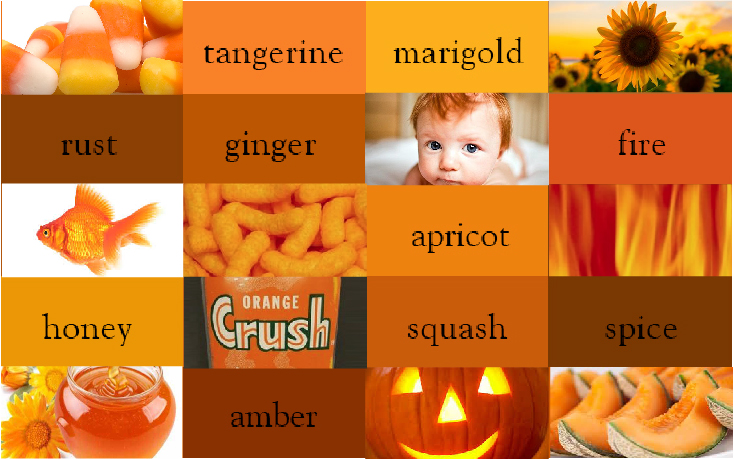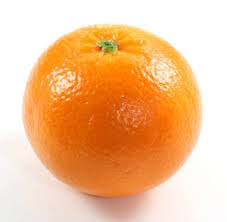
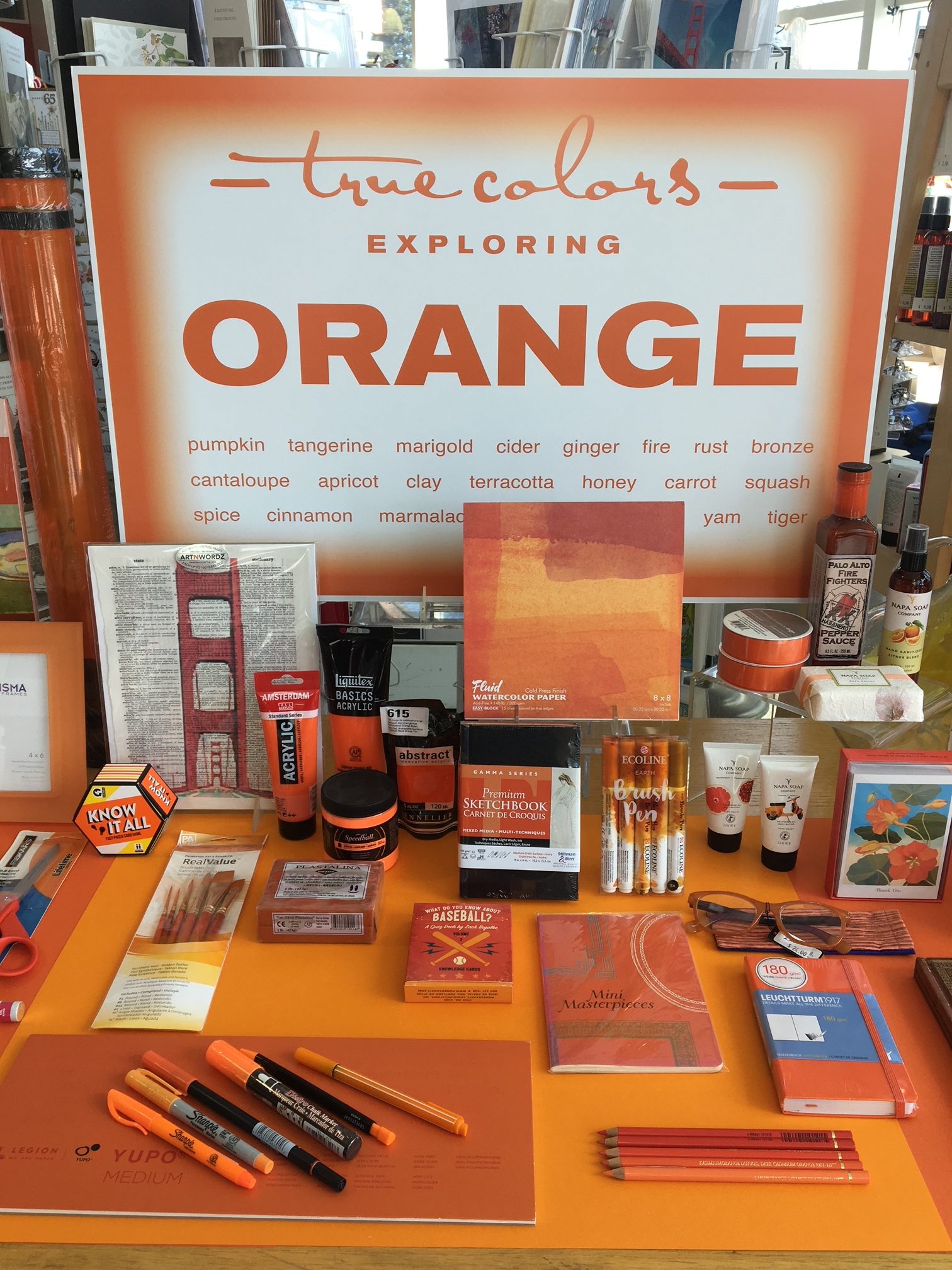


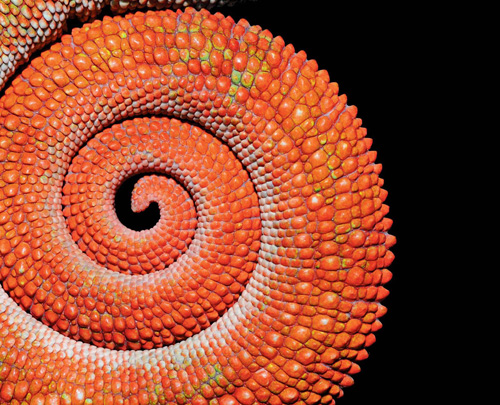
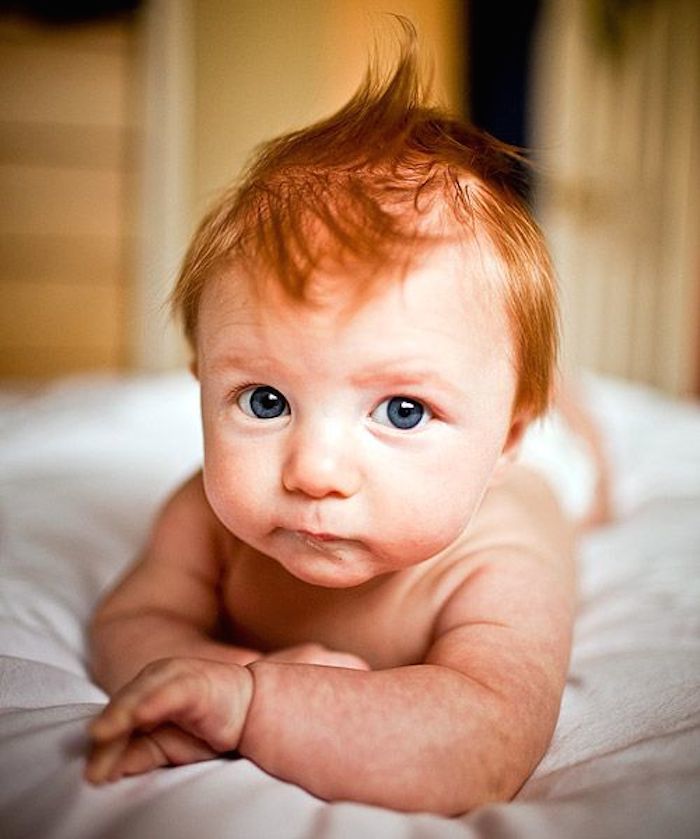

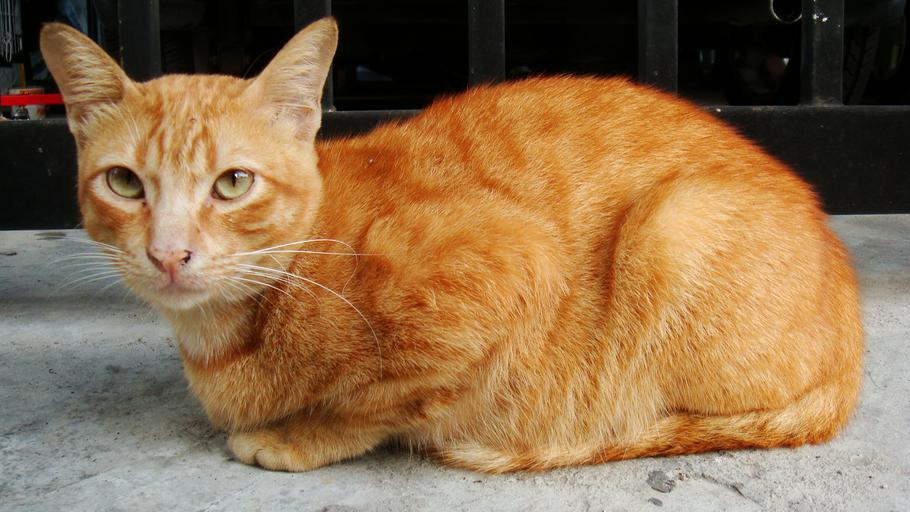
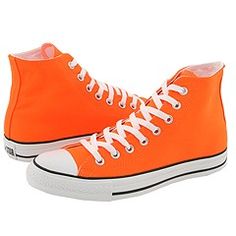

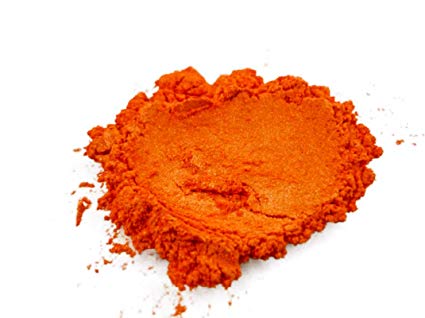

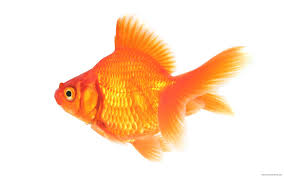
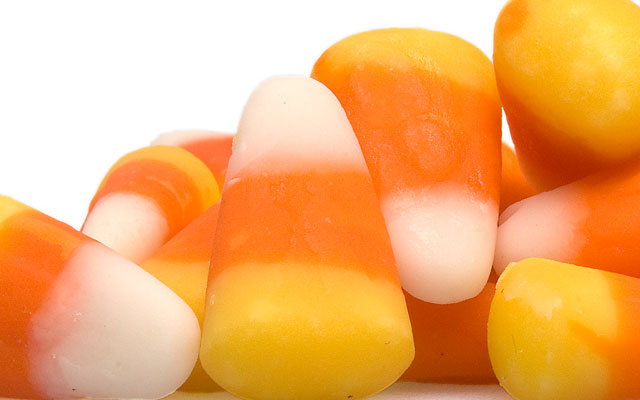

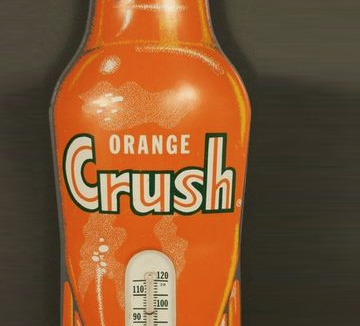

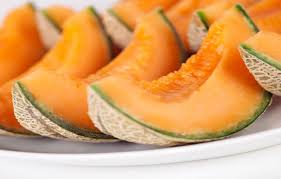

August Celebrates the Color Orange
The term ‘orange’, first used in the early 1500s, was taken directly from the Old French word ‘orenge’ in reference to the fruit of the same colour and name, while previously the colour was known as ‘ġeolurēad‘ which literally meant ‘yellow-red’.
In painting and traditional colour theory, orange is a secondary colour of pigments, created by mixing yellow and red. While made up of red and yellow, it carries less aggression and fierceness than the color red due to its combination with the calming color yellow. The orange colour of carrots, pumpkins, sweet potatoes, oranges, and many other fruits and vegetables comes from carotenes, a type of photosynthetic pigment. A close relative of red, orange seems to spark more controversy than other hues. For some reason, there is usually strong positive or negative association to orange and it tends to elicit a stronger “love it” or “hate it” response.
Fun and flamboyant orange radiates warmth and energy. Orange stimulates activity and appetite, encourages socialization. Orange is often associated with meanings of joy, warmth, heat, sunshine, enthusiasm, creativity, success, encouragement, change, determination, health, stimulation, happiness, fun, enjoyment, balance, sexuality, freedom, expression, and fascination.
Orange is one of those colors that really stands out, even at a distance. It seems to shout, “Hey, look at me!”…maybe that’s why Safety Orange is a color used to set things apart from their surroundings in the U.S. Orange attracts the eye and is the easiest colour to see in low lighting, low visibility, or next to water, hence its popularity for use on some boats, bridges and life jackets, traffic cones and signage, as well as ‘black box’ flight recorders.
Realgar, orpiment and crocoite are all natural minerals that were commonly used in the past to create an orange colour paint, while saffron and turmeric were plant based materials used to dye cloth and other items.
Studies show that the orange color can create physical effects such as increased hunger, heightened sense of activity, increased socialization, boost in aspiration, stimulated mental activity, increased oxygen supply to the brain, increased contentment, and enhanced assurance. Orange also helps aid decision making, and enhances happiness, confidence, and understanding.
The color orange is a very hot color and often provides the sensation of heat. While orange is a common color associated with summer and the hot sun, often associated with being a main color of harvest and autumn due to the changing color of the leaves and pumpkins. While orange does stimulate the appetite, it is a common color found in citrus fruit and is often associated with Vitamin C and a healthy diet. Orange is a popular color in restaurants to encourage the feeling of hunger and contentment.
Orange is often associated with autumn leaves, pumpkins, and when used alongside the color black, Halloween. With the change in color of the autumn leaves, orange often represents the changing seasons. Because of its association with change, orange is often used as a transitional color or to represent a transition or change of some kind, and orange and brown are often combined to represent the Thanksgiving holiday.
Get ready for TEAL in september!
Now…orange you glad you read this far?
